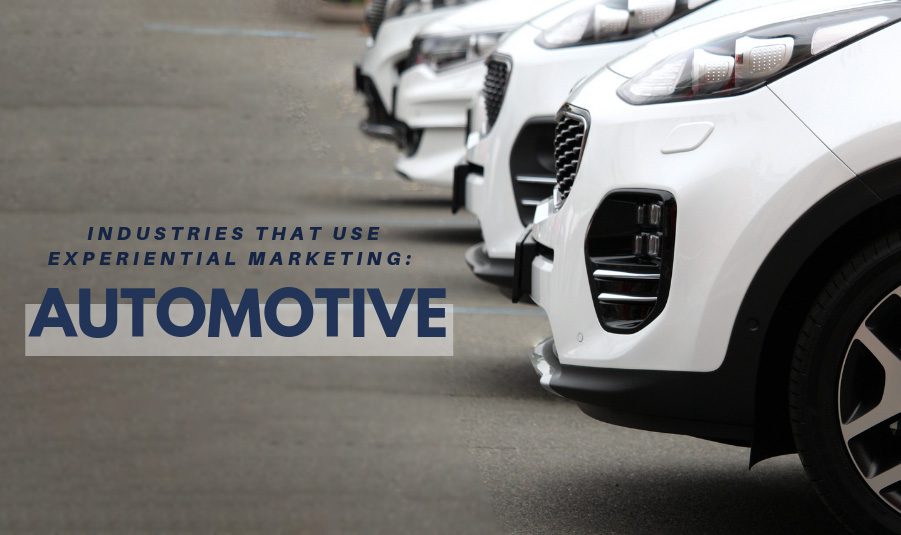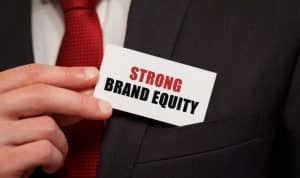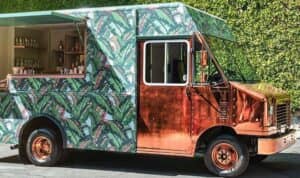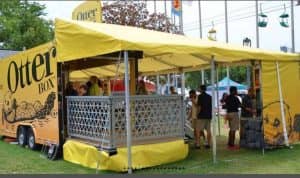The history of experiential marketing spans many years and many industries, often to spectacular effect. Of the many industries that use experiential marketing, the automotive industry is one of the oldest and most popular. This marketing strategy has played a large role in the automotive industry for many years and though its uses and applications have changed slightly, the benefits have not.
The history
Experiential marketing has been a part of the automotive industry for many decades. This marketing technique began to gain popularity during the World Fairs at the beginning of the 1900s and continued to grow throughout the 1920s. Originally, this marketing technique was put to use at car shows, creating a new and innovative way for consumers to view and experience vehicles. Before, car shows would simply showcase the vehicles, permitting consumers to only look—never touch. The integration of experiential marketing allowed consumers to experience the features of a vehicle and interact with them firsthand. As the popularity of experiential marketing began to grow, automotive brands began to utilize experiential marketing strategies at NASCAR events as a means of further targeting consumers.
Primary use
The primary use of experiential marketing within the automotive industry and, more specifically, at NASCAR events, is to promote products related to automotive care and maintenance. Companies focusing on products such as fuel, tires, oil, repair tools, and automotive paint often sponsor NASCAR events or establish a temporary pop-up event near the venue. Rather than subscribing to traditional marketing strategies, these companies will utilize an experiential marketing vehicle, such as a drop trailer, to create an immersive and interactive experience for consumers. These experiences allow consumers to view and test products firsthand and gain a better understanding as to how the products will work with their own automobile.
Secondary use
Like many other industries that use experiential marketing, the use of this strategy in the automotive industry has evolved. Brands outside of the automotive industry have also begun to market their products and services at NASCAR events. In fact, many of these companies will even sponsor the event. Establishing experiential marketing experiences at NASCAR events allows these companies to reach a larger audience that may not be within their typical demographic. Companies have also started to incorporate technology and social media in their experiential marketing strategies to better cater to the large crowds that attend NASCAR events.




